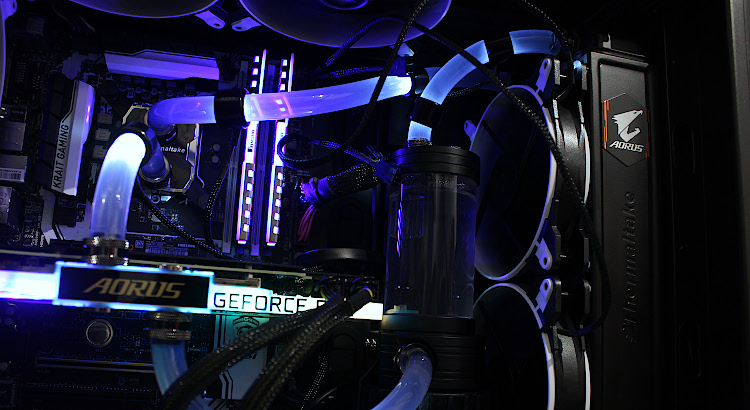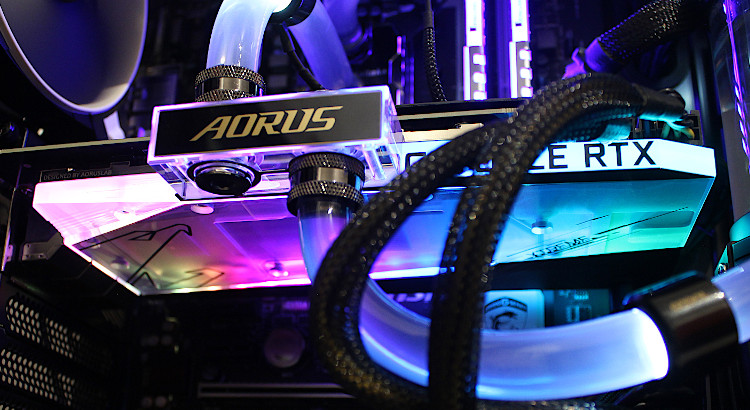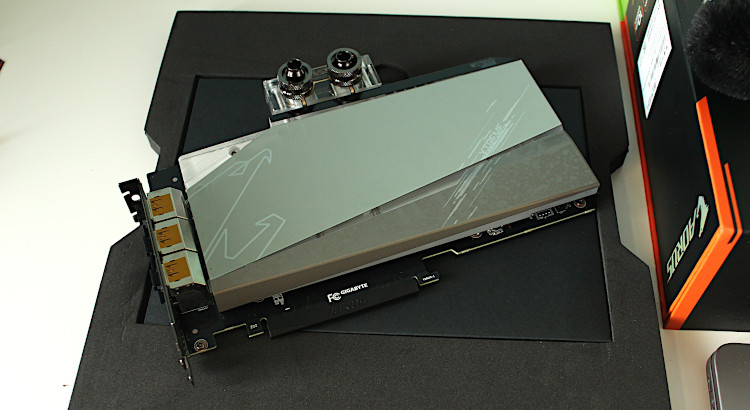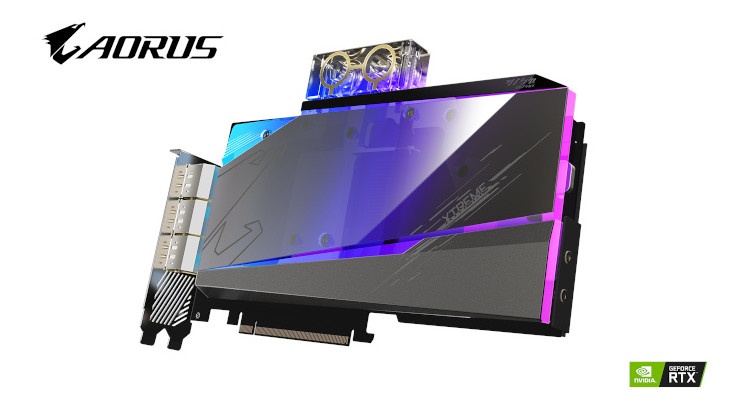BT Infinity 2 Smart Hub Update
Since activation it has been active for 2 days 8 hours with the downstream at 72.28 Mbps and upstream at 20 Mbps. This will likely change at some point but so far everything is running perfectly fine. The wireless performance has not been measured yet using my 5Ghz AC PCI-E card but the 2.4Ghz band is showing good range.
I have also made some tweaks to try and optimise my connection which includes using a shielded twisted pair CAT6A cable to the phone socket.
Usually supplied with most modems you get an RJ11 to RJ11 straight (non-twisted), unshielded cable. This is the cheapest form of cable and has virtually no protection against interference, RFI/EMI. It is quite basic and the longer you run it the worse it gets as your signal degrades over the distance of cable.
- For a VDSL / ADSL connection the RJ11 cable needs to be kept as short as possible and away from sources of interference (AC mains cables / power supplies).
- To optimise the signal you can use a cable with twisted pair wiring as this provides a low level of self noise cancelling properties. The science being that if both wires are wrapped around each other, whatever interference occurs on one wire will be equal and opposite on the other.
- And use some kind of shielding to prevent interference penetrating, your wires are just like antennas soaking all forms of noise in the air.
This is what I have done, whether or not there is a big improvement is yet to been seen but considering all the other cables around it is likely doing something. 🙂
Due to the size of the CAT6A cable I used an RJ12 plug with 6 contacts (6P6C).




